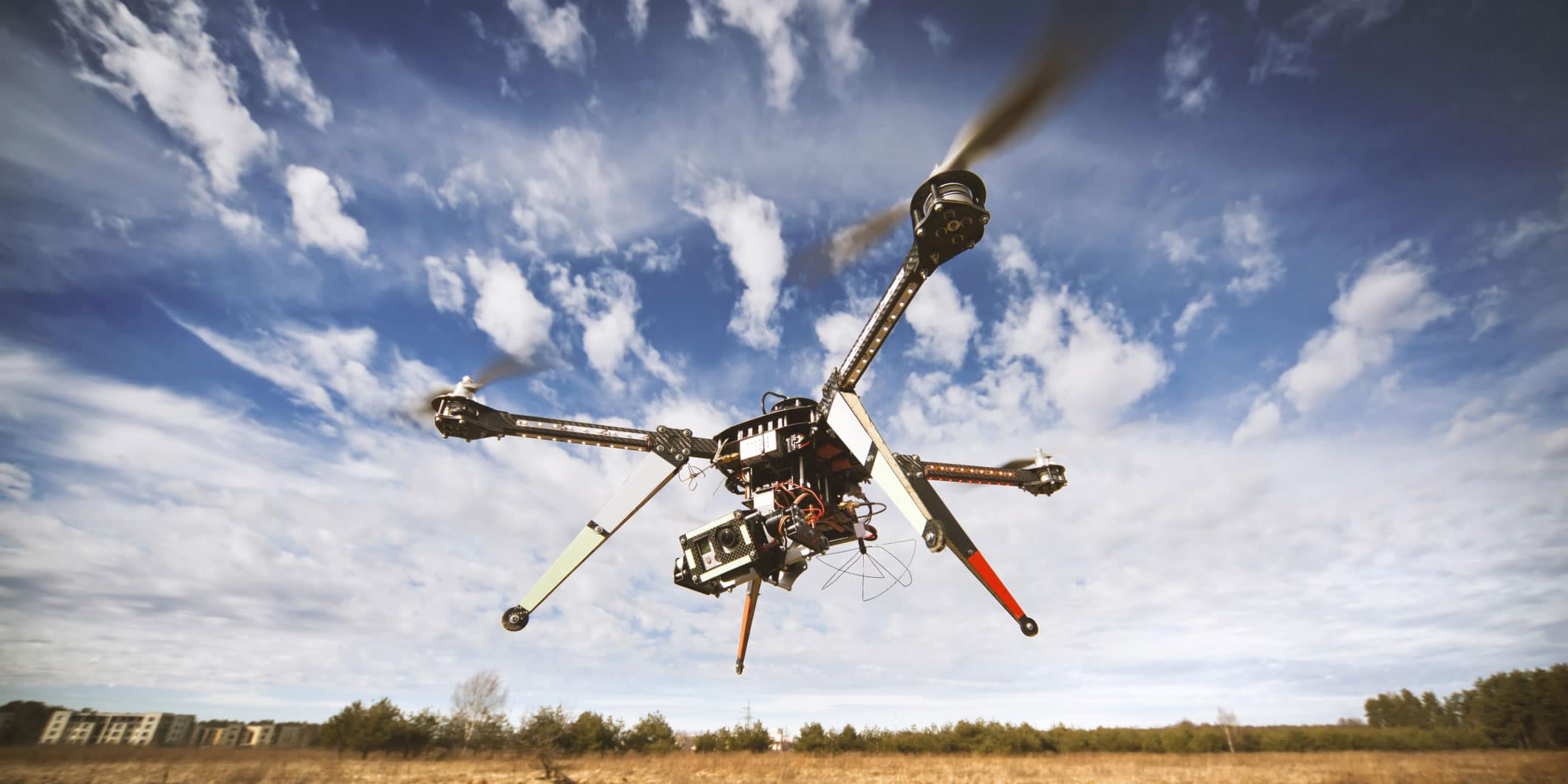New Technology Allows Industry to Create Flock of Drones

Love or hate them, drones in commercial and civilian life are here to stay. We’re in the beginning stages of an exciting time with this new technology, with the introduction and adoption of drone service just starting to take off. Until recently, the Federal Government limited the use of commercial drones, or Unmanned Aerial Systems (UAS), to oil exploration in remote quadrants of Arctic waters.
In early June, the Federal Aviation Administration (FAA) issued British Petroleum (BP) the first commercial permit for UAS use on US soil.
According to the agency’s press release, “The FAA issued a Certificate of Waiver or Authorization to survey BP pipelines, roads and equipment at Prudhoe Bay, Alaska…” BP plans to use drones to monitor drilling site safety with the goal of further protecting the eco-sensitive North Slope environment.
The June 8th maiden voyage of the “Puma AE” drone, from AeroVironment (AE) signaled a shift in oil and gas that could equate to billions of dollars to the US economy.
UAS use in oil and gas, although growing, is still not the most common discussion point concerning the technology. When most people think about drones in the U.S., they think of Amazon, and specifically CEO Jeff Bezos who is known as the main advocate for the use of drones within the private sector.
According to a recent Wall Street Journal, “The FAA is years late in approving commercial use of drones and has violated numerous congressional deadlines. Mr. Bezos says regulatory inertia—not massive R&D—is blocking Amazon’s futuristic plan to have low-flying vehicles deliver within 30 minutes the 85 percent of its packages weighing less than five pounds.”
Last month Amazon pushed the FAA again after the agency had granted Amazon, what Wall Street Journal calls, “a useless certificate to test a model of drone that R&D had made obsolete.” Currently Amazon has a drone testing facility in Canada where a team of roboticists, software engineers, aeronautics experts and pioneers in remote sensing work around the clock to perfect the technology. According to the Guardian, this group includes a former NASA astronaut and the designer of the wingtip of the Boeing 787.
The pressure to get the FAA to allow the use of UAS technology in the United States is not only being led by major companies. In several states, including North Carolina, the use of drones for wedding photography or to document special events is becoming a common practice.
With the use of drones seemingly permeating through multiple sectors, what do organizations need to know in order to stay ahead of the trend of when considering using the technology?
Human Resources: The most noticeable change when incorporating drones is the HR, staffing and training implication. Whether companies integrate pilots as employees or contractors, workforce management streams will have to be developed.
Data Management: The IT integration of services like geo mapping technology is still nascent within several sectors like the oil and gas industry. Therefore, understanding the data storage, mining and sharing implications and laying the foundation to juxtapose drones on top of that infrastructure is crucial for a speedy and efficient adoption.
Risk Management: The most common question risk managers will ask is, “what happens if a drone goes down?” I am sure that is one of the most frequently asked questions at Amazon. Not only do companies need to anticipate and find answers to questions like this, but they should also need to know how to address what other impacts influence the use of drones? And how secure are they from a cybersecurity perspective?
Drones are the future in many sectors. By addressing these and other key areas within an organization looking to use drones in some capacity, they can go a long way towards an efficient integration and smooth adoption of this exciting new technology.
